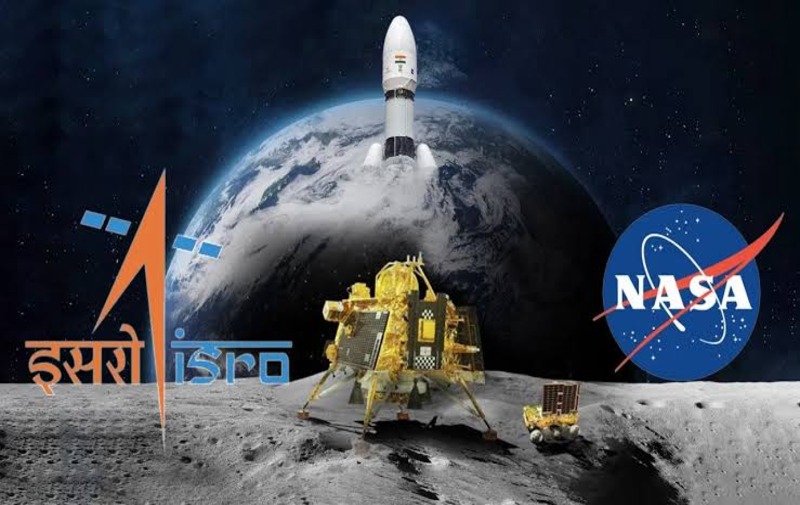
NASA-ISRO Joint Satellite NISAR Scheduled for Launch on July 30

 :
| Updated On: 22-Jul-2025 @ 1:24 pm
:
| Updated On: 22-Jul-2025 @ 1:24 pmSHARE
The NISAR satellite, jointly developed by NASA and ISRO, is scheduled to launch on July 30 from Sriharikota. It will orbit the Earth every 12 days, providing high-resolution images using dual-frequency radar—NASA’s L-band and ISRO’s S-band. This unique satellite can detect changes as small as 1 cm and operate in all weather, day or night. NISAR will monitor glaciers, storms, vegetation, and earthquakes, aiding climate change and disaster studies. Costing $1.5 billion, it’s the world’s most expensive Earth observation satellite. Technical delays, including antenna issues, postponed its launch. ISRO contributed ₹469.4 crore and will handle launch costs.